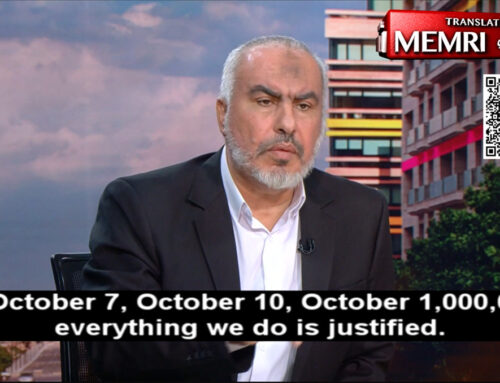Resurrection and Persecution
Well did C. S. Lewis remark: ‘I didn’t go to religion to make me happy. I always knew a bottle of Port would do that. If you want a religion to make you feel really comfortable, I certainly don’t recommend Christianity.’
By Peter Barnes
Reprinted from The Banner of Truth Magazine
August / September 2022 Issue #707-708
At first glance, resurrection and persecution may not seem to be related, unless linked by martyrdom. After all, Richard Dawkins has claimed that religion was invented as a ‘comfort-blanket’ to help people
cope with a nasty world. Presumably, the doctrine of resurrection would be among the strongest candidates used to bolster such a claim. Yet that is not how it works out in the book of Acts.
As Peter and John were going up to the temple at the hour of prayer, they saw a man who was lame from birth who begged them for money. Peter had no money, but he healed him in the name of Jesus Christ of
Nazareth. The result was that the man entered the temple, ‘walking and leaping and praising God’ (Acts 3:1-8). Not all were thrilled at this spectacle. Accordingly, the Sanhedrin, consisting of Pharisees and Sadducees, had Peter and John arrested.
How was it that an act of healing—a beneficial act in anybody’s book—aroused such opposition? It was because, as the apostles told the authorities, the crippled man was healed ‘by the name of Jesus Christ of
Nazareth, whom you crucified, whom God raised from the dead—by him this man is standing before you well’ (Acts 4:10). Peter did not heal the crippled man, Christ did! And he did so after his crucifixion, which could only mean he had risen from the dead.
Two conclusions were immediately drawn from this. The first is that the authorities who governed God’s nation on earth missed the meaning of Christ’s death. They saw it as the end of a blasphemer who was a threat to their social standing. No, it was the fulfilment of Psalm 118:22, which prophesied that the stone which was rejected by the builders would become the cornerstone (Acts 4:11). This would be the beginning of a new temple, consisting of living stones (1 Pet. 2:5), founded on Christ.
Secondly, it meant that Jesus Christ is the only name under heaven given among men by which we must be saved (Acts 4:12). How can we believe this when our universities, the media, and all other pretended
gurus are telling us that this is bigoted, narrow, and even unchristian? We must believe it because it is true—we cannot save ourselves, only Christ can save us. Jesus’ rising from the dead is the most outstanding proof of that claim. The authorities could not deny the healing of the lame man: ‘that a notable sign has been performed through them [the apostles] is evident to all the inhabitants of Jerusalem, and we cannot deny it’ (Acts 4:16). Their corrupt little world was crashing down around them. If the lame man was healed by Jesus, this had to mean that Jesus was alive, risen from the dead. Jesus is thus in a different category to everybody else.
Either that comforts us or it threatens us. It threatened the authorities in the first century, and it still threatens the likes of Richard Dawkins today. The first-century authorities could not deny it, so they resorted to force. Dawkins takes a shortcut by simply mocking it. Well did C. S. Lewis remark: ‘I didn’t go to religion to make me happy. I always knew a bottle of Port would do that. If you want a religion to make you feel really comfortable, I certainly don’t recommend Christianity.’
The resurrection of Christ means that Christianity is true and non-negotiable. It also means that unbelievers will persecute Christians in one way or another in order to protect their own worldviews. However, in the end it means that Christ wins, because he has already defeated the last enemy, and all who are in Christ will live forever, without sin, suffering or death (Rev. 21:4).







Leave a Reply, please --- thank you.